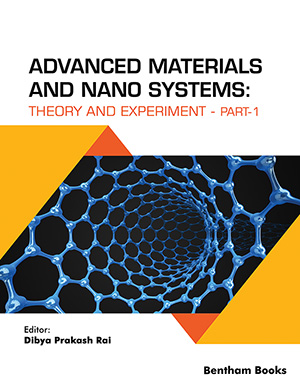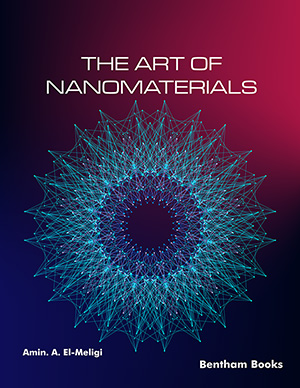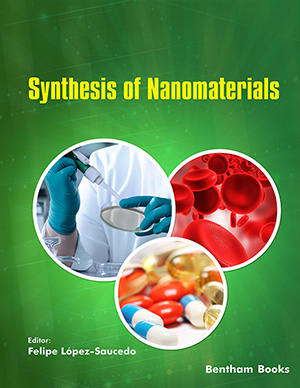Abstract
Implementing gas sensors incorporating nanoelectronic devices to detect
pollution and improve the safety control of industrial, medical, and domestic sectors
has opened up a novel world with immense interest. As a promising renewable energy
carrier and a potential replacement for fossil fuels, there is the paramount importance
of hydrogen gas storage at extensive facilities worldwide. The sustainable production
of hydrogen is increasing owing to its enormous energy per mass of any fuel.
Nevertheless, due to its extreme flammability, simple and highly accurate sensors with
promising sensing materials are required to detect the slightest traces of timely leak
detection for developing a hydrogen economy. Various hydrogen detectors already
exist, but expensive cost, large size, sluggish response, and high temperature limit their
potential for widespread applications. The integral objective of the present chapter is to
focus on a systematic investigation of Pd-Ti/ZnO Schottky TFT-based room
temperature hydrogen sensors excluding any heating element. With high chemical and
thermal stability, ZnO is a promising candidate for sensors in a hazardous atmosphere.
The developed sensor exhibited room temperature detection with a maximum response
of 33.8% to 4500 ppm H2
in dry air. The selectivity analysis toward H2
in the presence
of other reducing and oxidizing gas species has also been investigated to ensure the
real-time applicability of the sensor. Reliable operation of the sensor in a wide range of
500 ppm to 4500 ppm H2
has been confirmed from the linear behavior of the sensor.
The hydrogen sensing mechanism of the proposed sensor in terms of Schottky barrier
height reduction at the interface of Pd-Ti/ZnO has also been detailed in this chapter.
Room temperature detection of the hydrogen sensor presented here competes favorably
with the existing studies. This study can be extended in exploring new routes to realize
hydrogen sensing applications at room temperature for commercialization with precise
control over film thickness and target gas concentrations.
Keywords: Hysteresis, Room temperature, Pd-Ti/ZnO Schottky TFT, hydrogen sensor, Repeatability, Selectivity, Reproducibility.






















